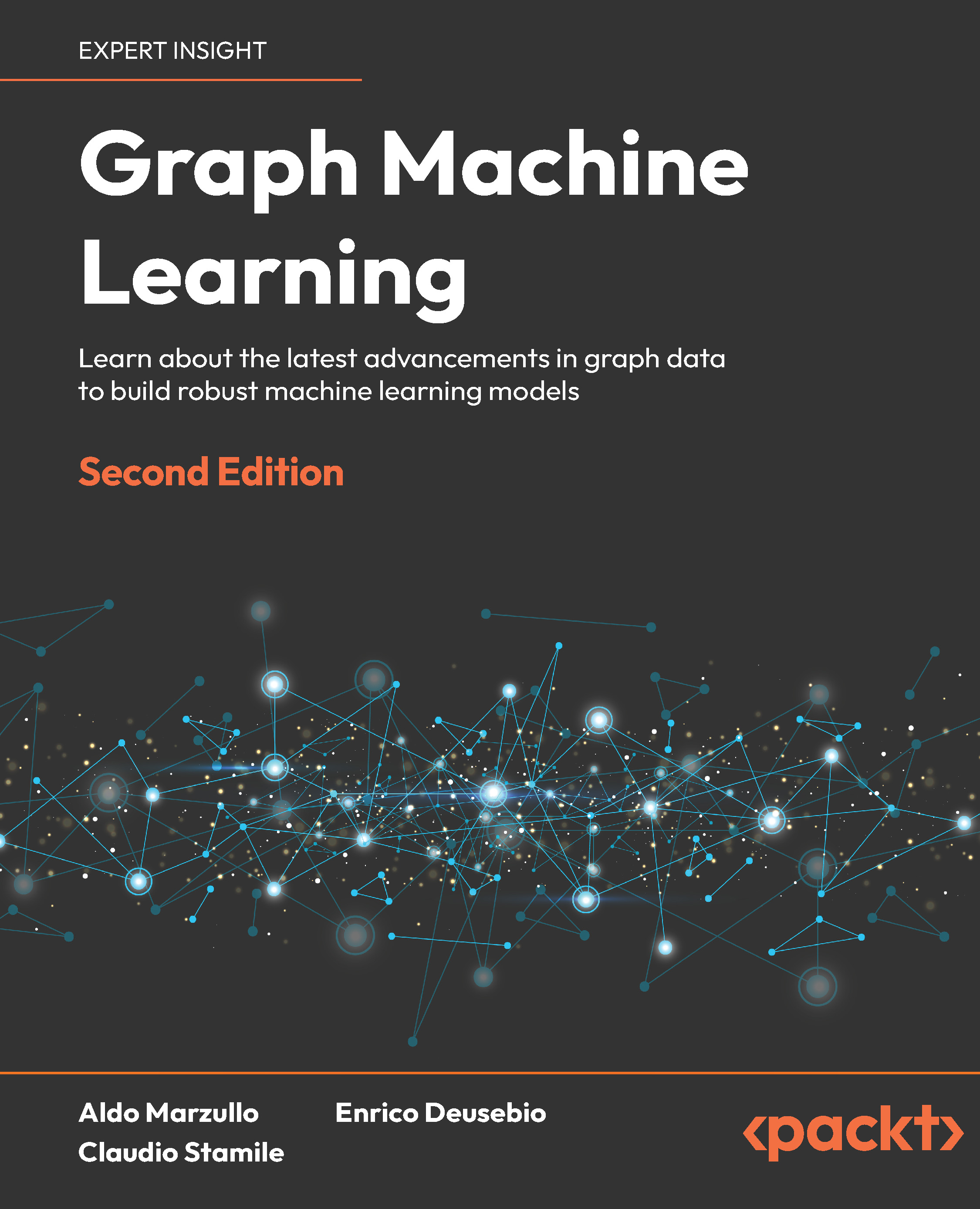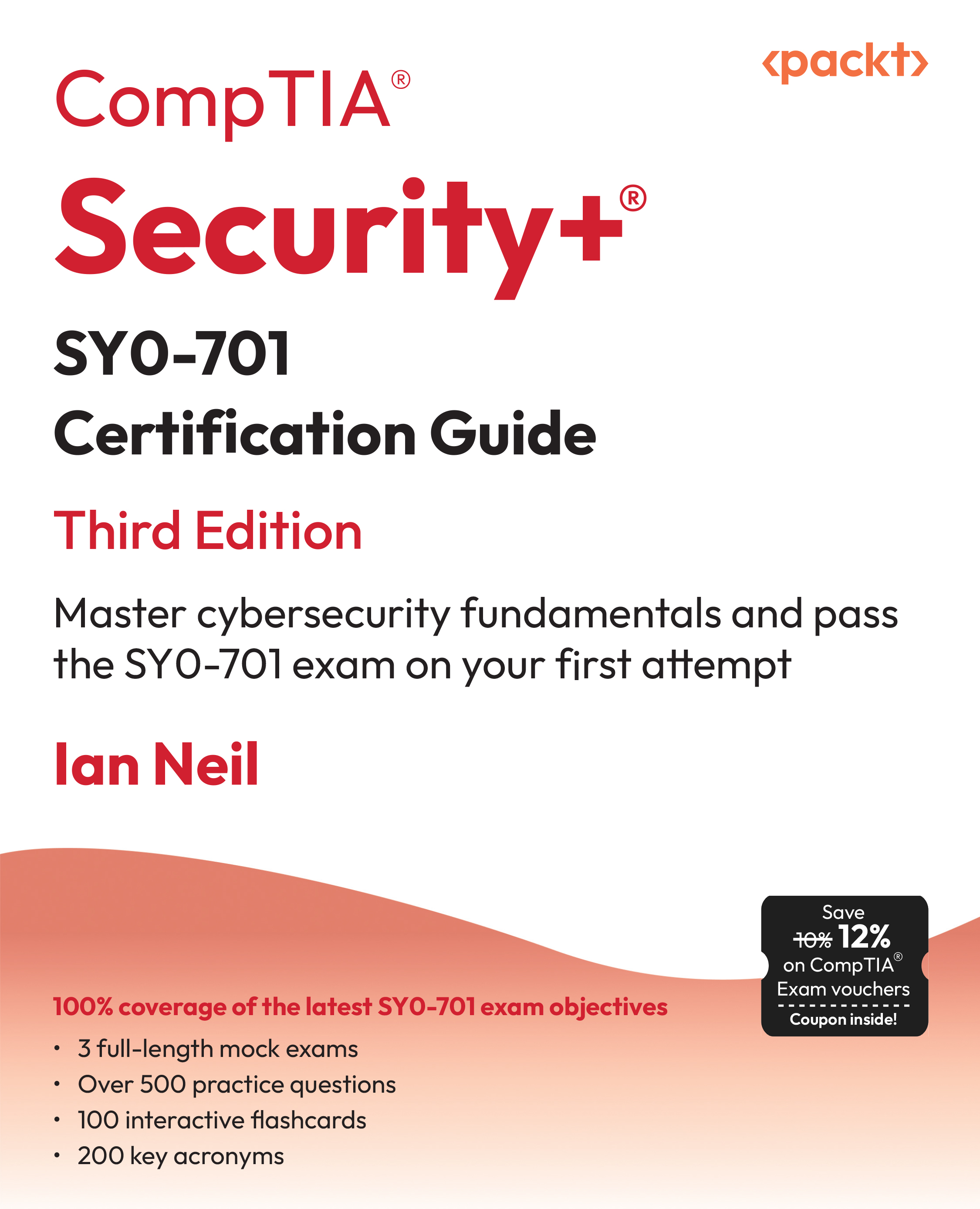Streamline Kubernetes cluster management with new Amazon EKS Auto Mode
With EKS Auto Mode, AWS simplifies Kubernetes cluster management, automating compute, storage, and networking, enabling higher agility and performance while reducing operational overhead.
OpenTelemetry for Generative AI
OpenTelemetry is being enhanced to support observability for generative AI applications, ensuring reliable performance, cost efficiency, and safety. It introduces Semantic Conventions to standardize telemetry data across platforms and an Instrumentation Library to automate data collection, initially focusing on the OpenAI Python API. Key signals like Traces, Metrics, and Events provide insights into model behavior, usage, and interactions, aiding in debugging, optimization, and performance tuning. Developers can easily integrate this observability into applications using the provided Python library, enabling monitoring of model inputs, outputs, and operational details.
Simplify AWS governance with declarative policies
AWS Declarative Policies simplify governance by enabling organizations to define and enforce cloud resource configurations centrally and at scale. Administrators can set standards, like blocking public access to VPCs or requiring specific Amazon Machine Images (AMIs), which are automatically applied across accounts, including new ones joining the organization. These policies reduce complexity by maintaining configurations even as AWS services evolve, providing actionable error messages to users for non-compliant actions. Initially supporting Amazon EC2, VPC, and EBS, declarative policies are managed via AWS Organizations and other AWS tools.
Introducing Buy with AWS
AWS introduces "Buy with AWS," a new feature that streamlines the procurement of cloud solutions by integrating AWS Marketplace purchasing directly into AWS Partner websites. Customers can discover, try, and purchase solutions with their AWS accounts, benefiting from simplified billing, centralized subscription management, and cost optimization tools. For example, users can start free trials or request private offers for products like Wiz or Databricks directly from Partner sites, with seamless transitions to co-branded procurement pages. Partners, in turn, can enhance their customer experience with AWS Marketplace APIs to showcase products, provide filters, and track metrics for engagement and sales.
AWS Database Migration Service now automates time-intensive schema conversion tasks using generative AI
AWS Database Migration Service (AWS DMS) now uses generative AI to automate up to 90% of schema conversion tasks, simplifying migrations from commercial databases to PostgreSQL. Powered by large language models hosted on Amazon Bedrock, this feature tackles complex code conversions like stored procedures and proprietary functions that traditional methods often struggle with. It reduces migration costs, accelerates timelines, and allows users to focus on optimizing their applications post-migration.
Amazon DynamoDB reduces prices
Amazon DynamoDB, a serverless NoSQL database with high performance and scalability, has significantly reduced its pricing: on-demand throughput costs are now 50% lower, and global table replicated writes are up to 67% cheaper. These changes make on-demand mode—ideal for scaling serverless applications without capacity planning—the default and most cost-effective option for many workloads, even those with steady usage. Additionally, global tables now offer the same pricing for multi-Region and single-Region writes, simplifying cost management for globally distributed applications.
 United States
United States
 Great Britain
Great Britain
 India
India
 Germany
Germany
 France
France
 Canada
Canada
 Russia
Russia
 Spain
Spain
 Brazil
Brazil
 Australia
Australia
 South Africa
South Africa
 Thailand
Thailand
 Ukraine
Ukraine
 Switzerland
Switzerland
 Slovakia
Slovakia
 Luxembourg
Luxembourg
 Hungary
Hungary
 Romania
Romania
 Denmark
Denmark
 Ireland
Ireland
 Estonia
Estonia
 Belgium
Belgium
 Italy
Italy
 Finland
Finland
 Cyprus
Cyprus
 Lithuania
Lithuania
 Latvia
Latvia
 Malta
Malta
 Netherlands
Netherlands
 Portugal
Portugal
 Slovenia
Slovenia
 Sweden
Sweden
 Argentina
Argentina
 Colombia
Colombia
 Ecuador
Ecuador
 Indonesia
Indonesia
 Mexico
Mexico
 New Zealand
New Zealand
 Norway
Norway
 South Korea
South Korea
 Taiwan
Taiwan
 Turkey
Turkey
 Czechia
Czechia
 Austria
Austria
 Greece
Greece
 Isle of Man
Isle of Man
 Bulgaria
Bulgaria
 Japan
Japan
 Philippines
Philippines
 Poland
Poland
 Singapore
Singapore
 Egypt
Egypt
 Chile
Chile
 Malaysia
Malaysia














